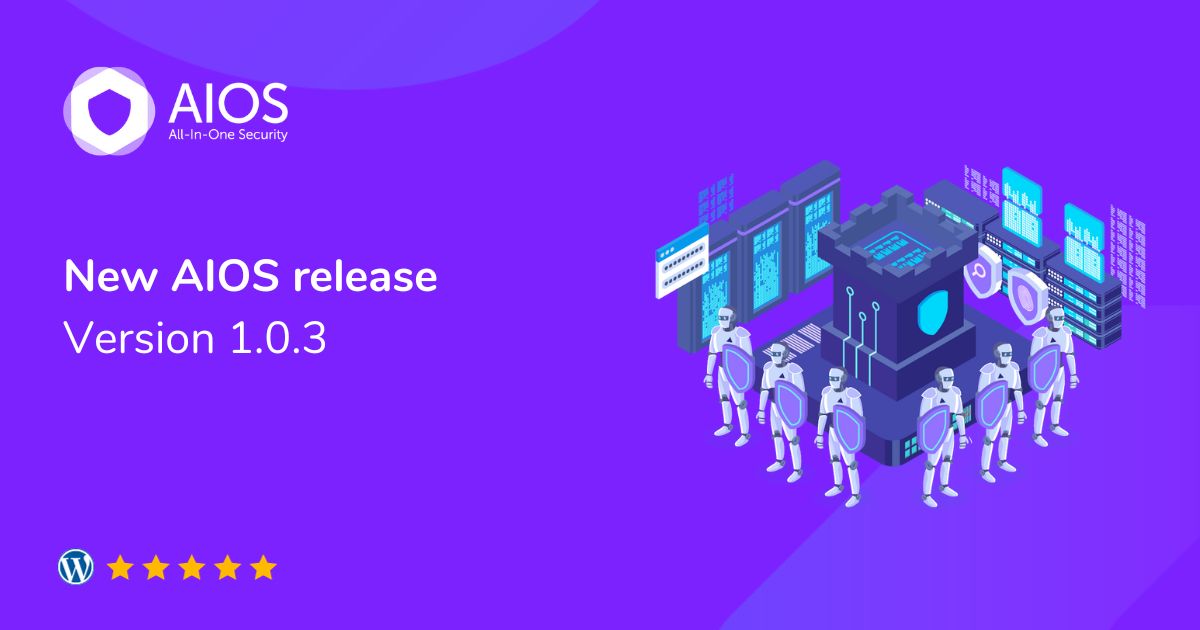High-volume recruiters have a lot to handle—from creating job descriptions and posting on recruiting boards to sifting through endless resumes …
The post Manatal Review appeared first on .

Tips, Expertise, Articles and Advice from the Pro's for Your Website or Blog to Succeed
High-volume recruiters have a lot to handle—from creating job descriptions and posting on recruiting boards to sifting through endless resumes …
The post Manatal Review appeared first on .


This post is originally published on Designmodo: The Essential 8: A WordPress Plugins List for 2023

WordPress is a content management system that features a framework that enables a user to create a basic website. A basic website will, however, seldom be capable of satisfying your needs or those of your clients or site visitors. Hence …
For more information please contact Designmodo